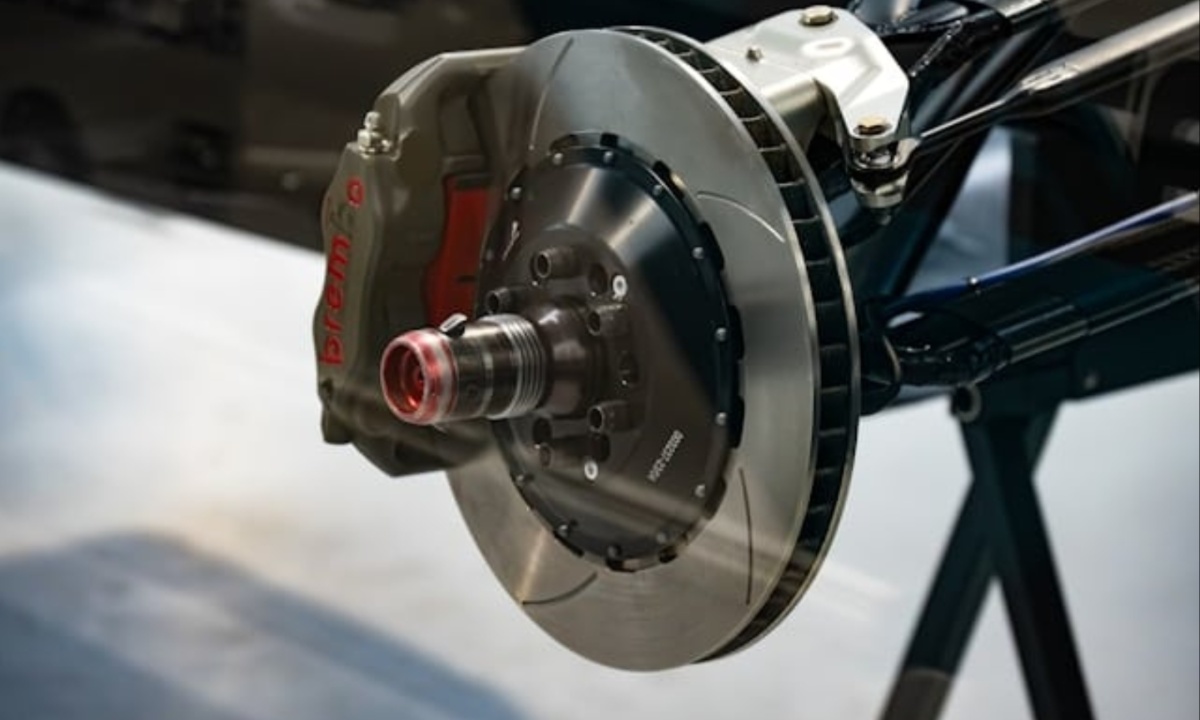Brakes are integral to vehicle safety and performance, yet many drivers underestimate how their habits impact brake longevity. While most cars can travel between 20,000 to 70,000 miles before requiring a brake replacement, factors such as traffic conditions, brake quality, and driving styles influence this lifespan. Understanding and implementing best practices can significantly enhance brake efficiency and extend their life, ensuring safer driving experiences.
1. Drive Responsibly to Preserve Brakes
Excessive speed is one of the primary causes of premature brake wear. Braking at high speeds generates more heat and friction, wearing down brake materials rapidly. Maintaining moderate speeds and coasting when possible can lessen the strain on your braking system, promoting safety and durability.
2. Master Coasting Techniques
Coasting—allowing your car to naturally decelerate by removing your foot from the gas—can help minimize brake usage. This method is particularly useful when approaching stop signs, red lights, or turns. While not suitable for all situations, coasting can effectively reduce wear on your brake pads in predictable, low-risk scenarios.
3. Stick to One-Footed Driving
Using both feet to operate the accelerator and brake simultaneously increases the risk of “brake riding,” which applies continuous pressure to the brake pads. Over time, this habit can warp rotors and shorten the lifespan of your braking system. Using only your right foot to control both pedals ensures better brake health and safer driving.

4. Utilize Engine Braking on Slopes
When descending steep inclines, relying solely on your brakes can lead to overheating. Engine braking—slowing your vehicle by downshifting gears—allows the engine to manage speed instead. Though most effective in manual cars, many automatic vehicles also support this technique. However, shifting improperly can damage your transmission, so use caution when employing this method.
5. Keep a Safe Following Distance
Tailgating increases the frequency and intensity of brake use, accelerating wear. By maintaining a generous gap between vehicles, especially in adverse conditions, you reduce the need for sudden braking. This not only extends brake life but also enhances overall road safety.
6. Reduce Vehicle Weight for Better Performance
Overloaded cars require greater braking force, accelerating pads, and rotor wear. Removing unnecessary items and avoiding excessive loads can lighten your vehicle and reduce strain on the braking system. Additionally, consider the weight of aftermarket modifications before installation. A lighter car benefits not only brakes but also fuel economy and tires.
7. Prioritize Regular Brake Fluid Maintenance
Brake fluid absorbs moisture over time, decreasing its effectiveness and potentially corroding internal components. Regularly flushing brake fluid—typically every two years or 25,000 miles—ensures optimal performance and prevents costly damage. Following manufacturer guidelines for fluid replacement is essential for maintaining a reliable braking system.
Even with diligent care, some brake issues require expert evaluation. Annual safety inspections and in-depth brake checks can identify hidden problems, such as unevenly worn pads or reduced braking performance. Addressing concerns promptly keeps your vehicle safe and prevents further damage.
Brakes are a cornerstone of safe driving, and their longevity depends heavily on your habits and maintenance routines. By adopting mindful driving practices, lightening your vehicle’s load, and scheduling regular brake inspections, you can enhance your car’s performance while saving on costly repairs. A proactive approach to brake care ensures safety for you and others on the road.

